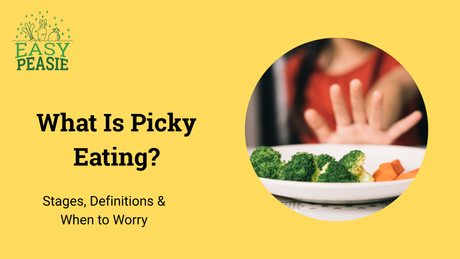So let’s start with the rear-facing car seat. This seat makes a lot of sense to families because anyone who has held a newborn or infant knows that their heads make up a large part of their weight, and their necks are relatively weak.
It’s easy to imagine what would happen to a baby with these features in a braking car. This is one of those classic inertia problems from math class!
In the event of braking, being rear-facing allows for the largest, heaviest part of the baby to be cradled in the cushion of car seat (think of a ball being caught in a mitt) as opposed to flopping forward if the baby were front-facing.
The baby’s head flopping forward puts them at risk for significant and serious head and neck injuries.
Around 2009, the American Academy of Pediatrics (AAP) began discussing the previous decade of research showing that kids were 5 times safer being rear-facing than front facing.
Shortly thereafter, the AAP and NHTSA changed the recommendation to ask parents to keep children rear-facing until they have outgrown the weight and height guidelines on the seat.
For most kids, this will be around 2 years of age. But kids that can stay rear-facing longer because they are under the weight and height recommendations should remain rear-facing.
Rear-facing is the safest!
And what about their legs!? You ask? Well, even if their legs bend or they sit in the car seat in the frog-leg position, rest-assured that this is still the safest way for infants and toddlers to ride in a car. In some countries, kids even ride rear-facing through their preschool and Kindergarten years!
Check out this video from The Car Seat Lady!
Other important tips for your rear-facing car seat include:
- Attach the car seat to the car as securely as possible. In many cars this is best done using the LATCH system. If attaching the carseat with the seatbelt, make sure that the seat belt is locked (i.e. you shouldn’t be able to pull the seat forward once it’s locked in)
- Make sure you can’t pinch up any slack in the harness straps — see photo featured with this post (photo credit seatsafe.org)
- Make sure the top clasp of the harness is high (at the level of the armpits and not over the abdomen)
- Try not to strap the kids in with too many puffy clothes on. In the event of a quick stop, the puffy clothes will compress and the infant’s body could move too much.





